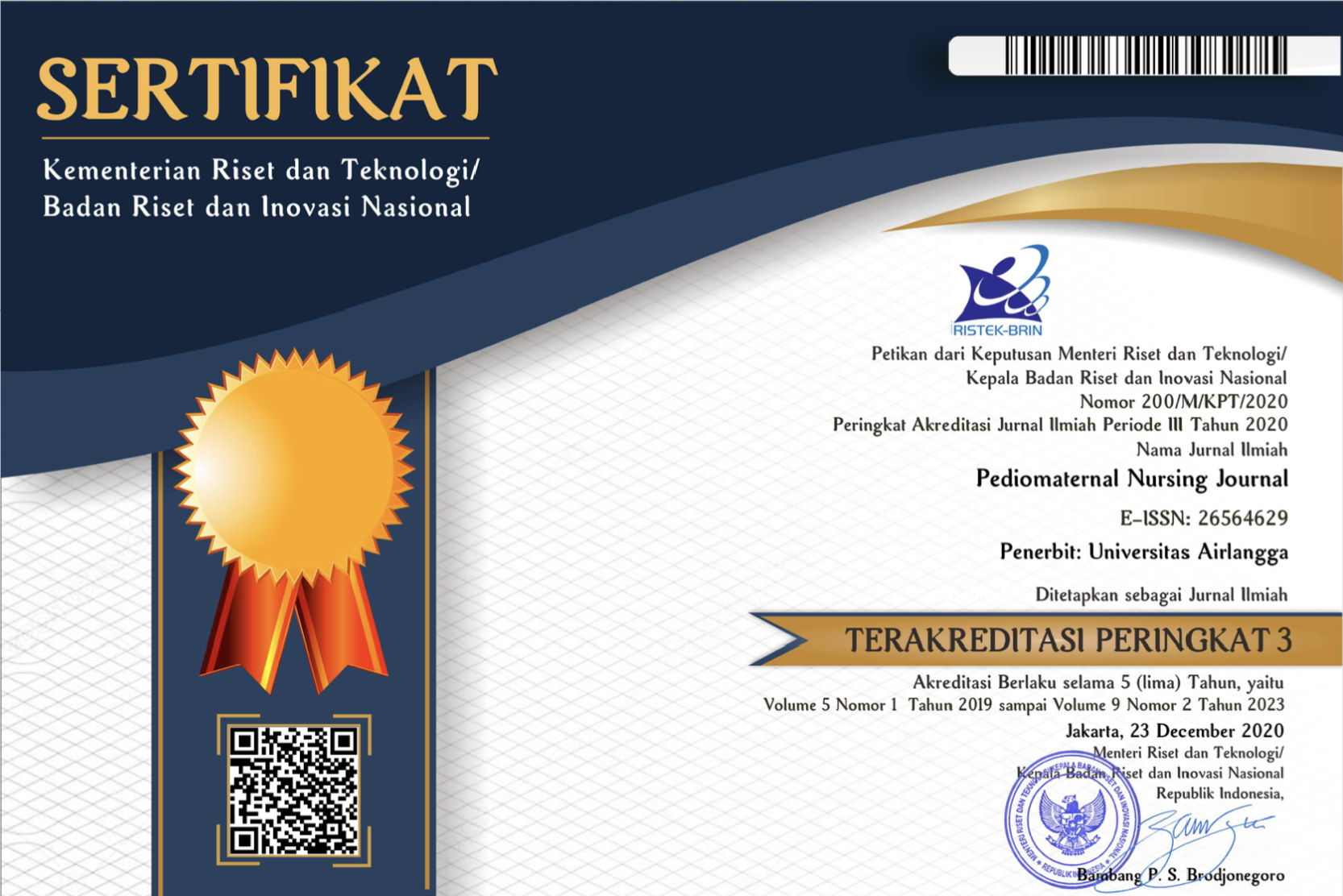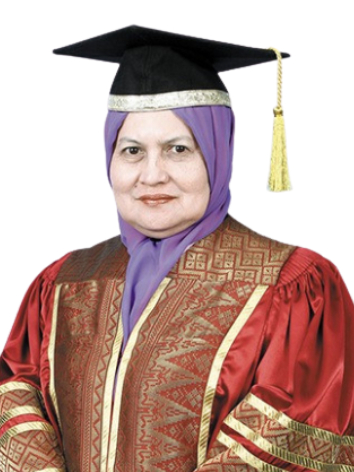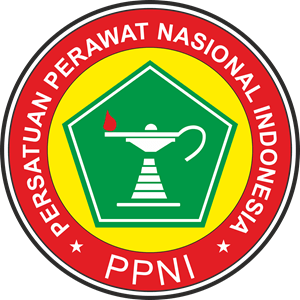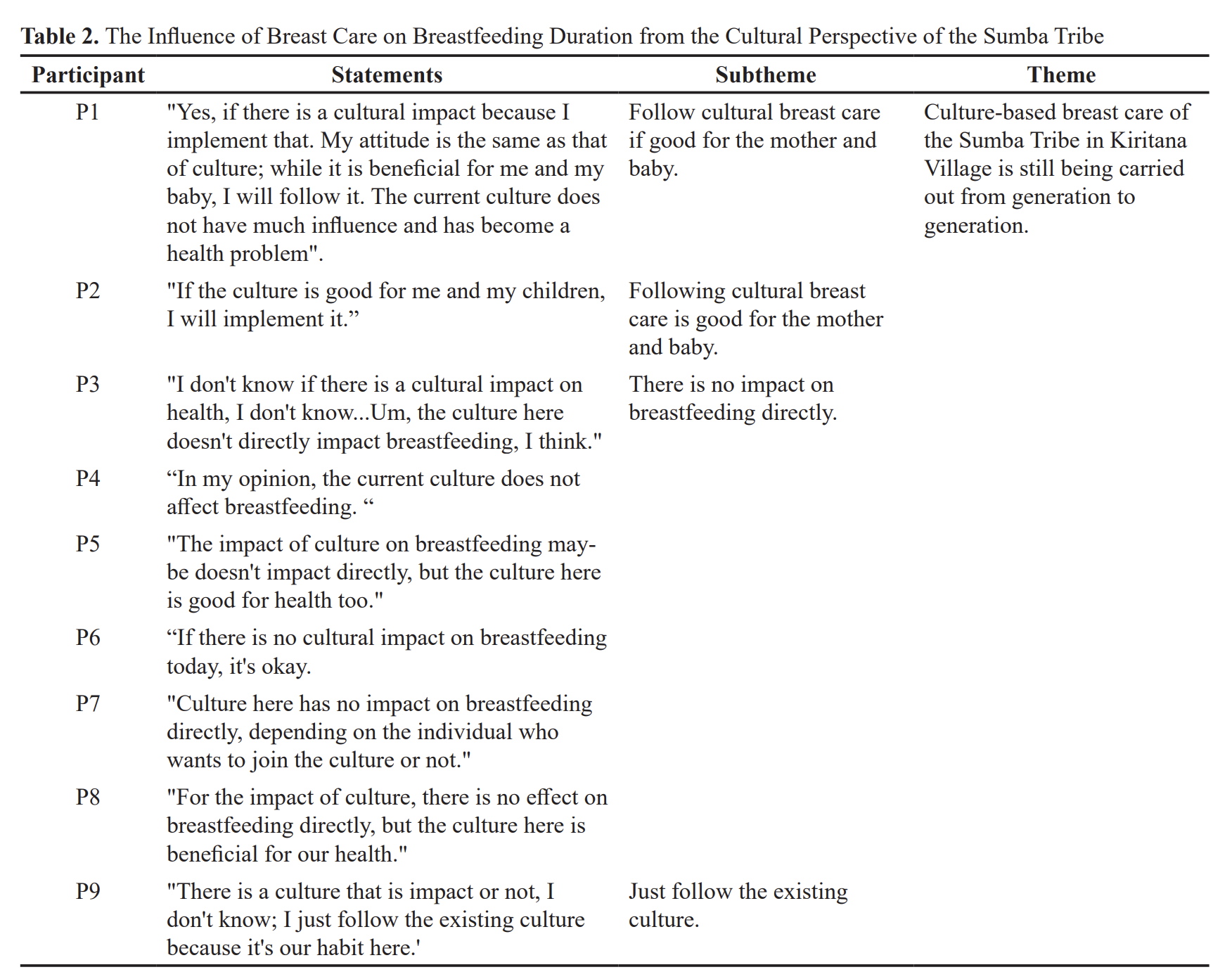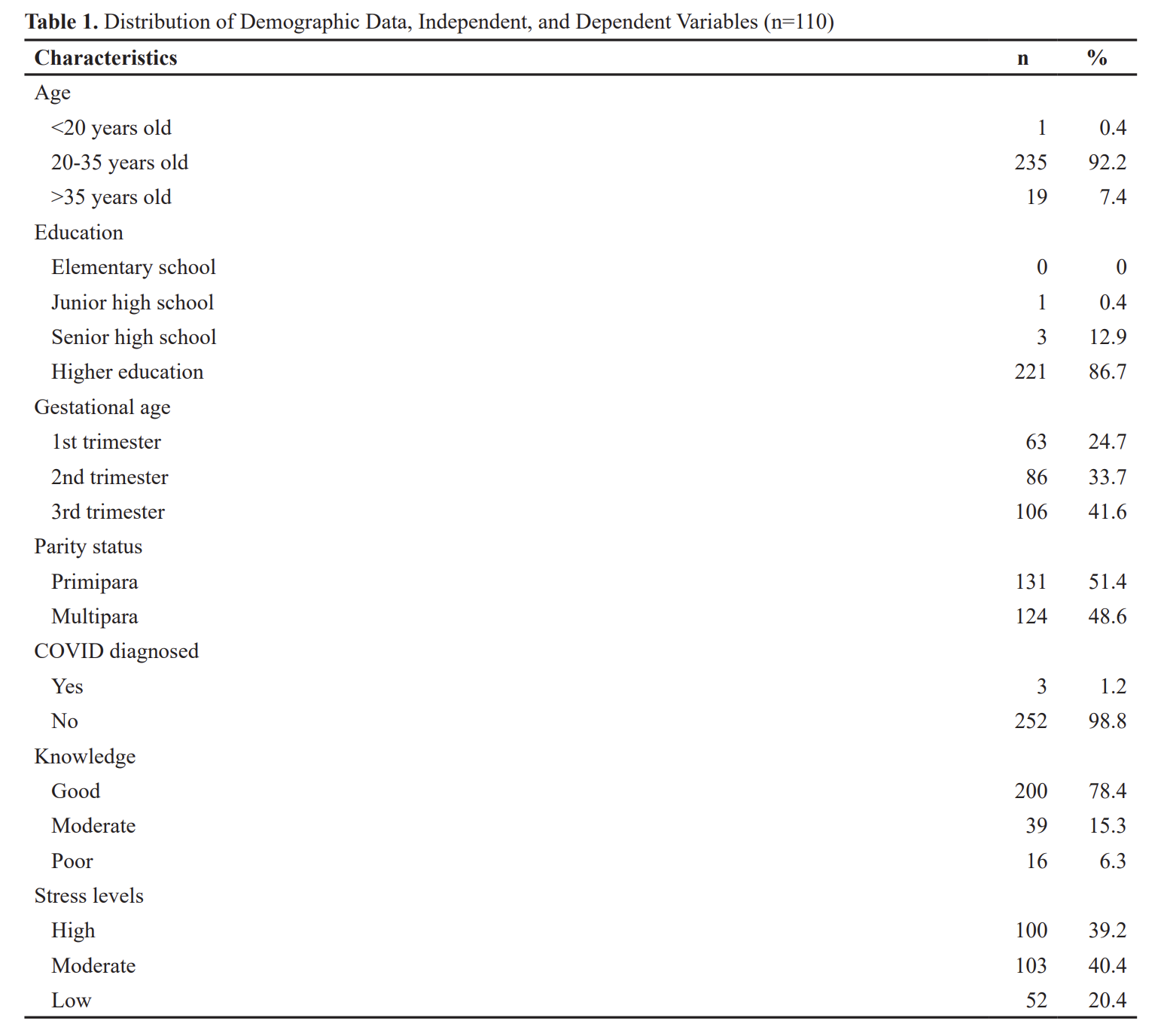Perilaku Perawat dalam Manajemen Nyeri Non Farmakologi pada Neonatus Pendekatan Theory of Planned Behavior (TPB)
Downloads
Introduction: Pain in the neonate may result in negative behavior, physiology and metabolic responses. This study aims to analyze the behavior of nurses in the implementation of non-pharmacological pain management in neonates who performed minor invasive action with the approach of Theory of Planned Behavior (TPB).
Methods: This research was a descriptive study of analysis with research design cross sectional. The population of this study were nurses working in the neonatal ward and neonatal intensive care unit dr. Soetomo general Hospital Surabaya. Total sample of 55 respondents selected using simple random sampling. The independent variable was the background factor of age, education, knowledge, attitude, subjective norm, perceived behavior control (PBC) and intention. Dependent variable was nurse's attitude. The data were obtained using questionnaires then analyzed using logistic regression with a degree of significance of 0.05.
Results: Background factor age (p = 0.02) and knowledge (p = 0.004) correlated with attitude, education (p = 0.023) correlated with subjective norm, knowledge (p = 0.004) related to PBC, attitude (p = 0.010) and subjective norm (p = 0.006) relate to intention, and intention is related to behavior (p = 0.024).
Conclusion: This study concludes that the management of behavior to be more directed to the factors that relate in shaping the behavior of knowledge, attitude, education, subjective norms, and intention.
Triani E, Lubis M. Penggunaan Analgesia Non Farmakologis saat TIndakan Invasif Minor pada Neonatus. Sari Pediatr. 2006;8(2):107–11.
Karabulut N, Gürçayir D, Aktaş YY. Non-pharmacological interventions for pain management used by nursing students in Turkey. Kontakt. 2016;18(1):e22–9.
Omaç Sönmez M, Nazik F, Erol L. Management of pain in children by paediatric nurses in Eastern Turkey. Kontakt [Internet]. 2018;20(3):e250–4. Available from: https://doi.org/10.1016/j.kontakt.2018.05.002
Rawla P, Sunkara T, Raj JP. Updated review of current pharmacological and non-pharmacological management of irritable bowel syndrome. Life Sci. 2018;212(October):176–81.
Pediatric AA of. Prevention and Management of pain in the Neonate: An Update. 2006.
Terry K, Susan C. Buku Ajar keperawatan pediatri. Edisi 2. Jakarta: EGC; 2014. 134 p.
Bergomi P, Scudeller L, Pintaldi S, Dal Molin A. Efficacy of Non-pharmacological Methods of Pain Management in Children Undergoing Venipuncture in a Pediatric Outpatient Clinic: A Randomized Controlled Trial of Audiovisual Distraction and External Cold and Vibration. J Pediatr Nurs [Internet]. 2018;42:e66–72. Available from: https://doi.org/10.1016/j.pedn.2018.04.011
Nursalam. Metodologi Penelitian Ilmu Keperawatan. Edisi Keti. Jakarta: Salemba Medika; 2013.
Putri BH. Pengembangan model perilaku ibu dalam pemberian makanan untuk balita dengan status gizi buruk dan kurang berdasarkan theory of planned behavior di wilayah kerja puskesmas karangjati kabupaten Ngawi. Universitas Airlangga; 2016.
Ajzen I. Attitudes, Personality and Behavior. 2nd ed. New York: Open University Press; 2005.
Casey M, O'Connor L, Cashin A, Smith R, O'Brien D, Nicholson E, et al. An overview of the outcomes and impact of specialist and advanced nursing and midwifery practice, on quality of care, cost and access to services: A narrative review. Nurse Educ Today [Internet]. 2017 Sep 1 [cited 2018 May 23];56:35–40. Available from: https://www.sciencedirect.com/science/article/pii/S0260691717301442
Notoatmodjo. Pendidikan dan Perilaku Kesehatan. Jakarta: Rineka Cipta; 2010.
Martini. Hubungan Karakteristik Perawat, Sikap, Beban Kerja, Ketersediaan Fasilitas dengan pendokumentasian Asuhan Keperawatan di Rawat Inap BPRSUD Kota Salatiga. Universitas Diponegoro; 2007.
Wulaningsih R. Hubungan antara Persepsi Pola Asuh Orangtua dan Kontrol Diri Remaja terhadap Perilaku Merokok di Pondok Pesantren. 2015;04(4):119–26.
Cossio MLT, Giesen LF, Araya G, Pérez-Cotapos MLS, VERGARA RL, Manca M, et al. Fundamentals of Anatomy and Physiology. Vol. XXXIII, Uma ética para quantos? 2012. 81-87 p.
Wahyuni ED. Pengembangan Model Perilaku Perawat dalam Pendokumentasian Asuhan Keperawatan Berbasis Theory of Planned Behavior di RSD Mardi Waluyo Kota Blitar. Universitas Airlangga; 2012.
Adams J, Frawley J, Steel A, Broom A, Sibbritt D. Use of pharmacological and non-pharmacological labour pain management techniques and their relationship to maternal and infant birth outcomes: Examination of a nationally representative sample of 1835 pregnant women. Midwifery [Internet]. 2015;31(4):458–63. Available from: http://dx.doi.org/10.1016/j.midw.2014.12.012
Mercadante S. Non pharmacological interventions and non-fentanyl pharmacological treatments for breakthrough cancer pain: A systematic and critical review. Crit Rev Oncol Hematol [Internet]. 2018;122(September 2017):60–3. Available from: https://doi.org/10.1016/j.critrevonc.2017.12.016
Khalil NS. Critical care nurses' use of non-pharmacological pain management methods in Egypt. Appl Nurs Res [Internet]. 2018;44(January 2015):33–8. Available from: https://doi.org/10.1016/j.apnr.2018.09.001
Copyright (c) 2019 Tiur Trihastutik, Ida Berliana, Ilya Krisnana, Iqlima Dwi Kurnia, Hidayat Arifin

This work is licensed under a Creative Commons Attribution 4.0 International License.
1. The journal allows the author to hold the copyright of the article without restrictions.
2. The journal allows the author(s) to retain publishing rights without restrictions.
3. The legal formal aspect of journal publication accessibility refers to Creative Commons Attribution (CC BY).

